Find Your Perfect Wood Product
If you find a product you like, reach out to us for more details and assistance.
Bolivian Rosewood (Pau Ferro)
Its dark, flowing fine grain provides a luxurious pattern. And the texture is so fine that you’ll enjoy working the wood with hand tools and giving it a gorgeous polish. Expect a stunning likeness to dark, rich rosewood.
Length: 10′
Thickness: 4/4 $25/Bd ft
- Common Name(s): Pau ferro, morado, Bolivian rosewood, santos rosewood, caviuna
- Scientific Name: Machaerium spp.
- Distribution: Tropical South America (mainly Brazil and Bolivia)
- Tree Size: 65-100 ft (20-30 m) tall, 3-5 ft (1-1.5 m) trunk diameter
- Average Dried Weight: 54 lbs/ft3 (865 kg/m3)
- Janka Hardness: 1,960 lbf (8,710 N)
- Crushing Strength: 8,830 lbf/in2 (98.7 MPa)
Heartwood: Color can be highly varied, ranging from reddish/orange to a dark violet/brown, usually with contrasting darker black streaks.
Sapwood: Narrow sapwood is a pale yellow and is clearly demarcated from the heartwood.
Grain: This rosewood is typically straight, though sometimes slightly irregular or interlocked depending on the species. Fine, even texture and a naturally high luster—though depending on the particular species, the wood can have a coarser, more fibrous texture.
Bolivian Rosewood is rated as very durable, though quite susceptible to insect attack, and not recommended in direct ground contact.
Pau ferro is considered overall to be of fair workability, as it can blunt the cutting edges of tools, and any irregular grain has a tendency to tearout during machining operations. Also, many of the same challenges in gluing rosewoods are common to Pau ferro as well. Pau ferro turns and finishes well.
- Cabinetry
- Fine furniture
- Flooring
- Interior millwork
- Veneer
- Turned objects
- Small specialty wood items

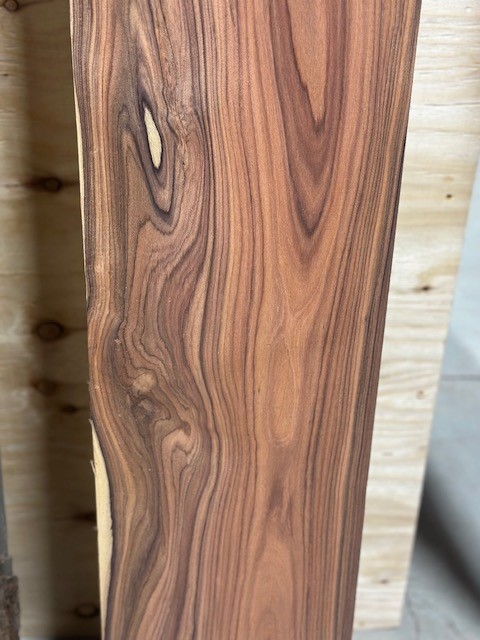
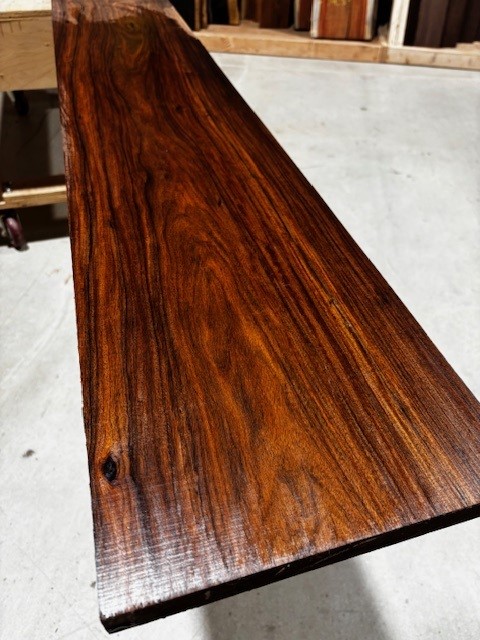
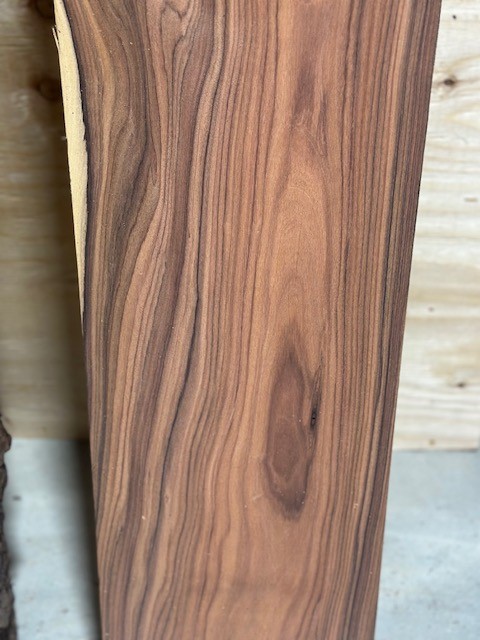
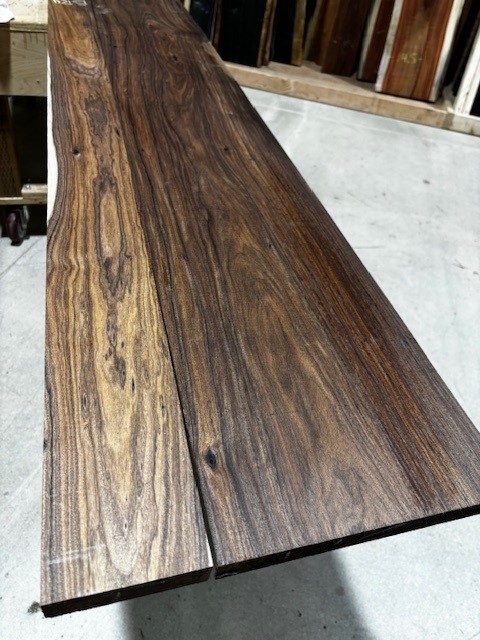

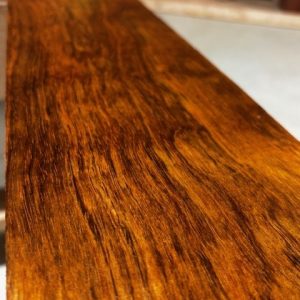
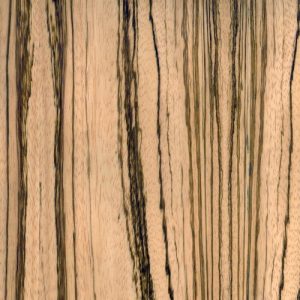
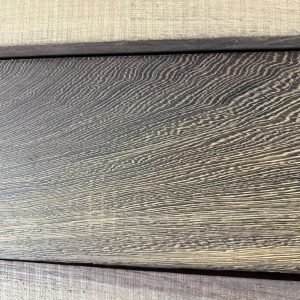
Pau ferro is a wood of many names, and is sometimes called morado—and because the wood is so similar in appearance and working properties to rosewood, it is also sometimes referred to as Bolivian or Santos rosewood.
Note: